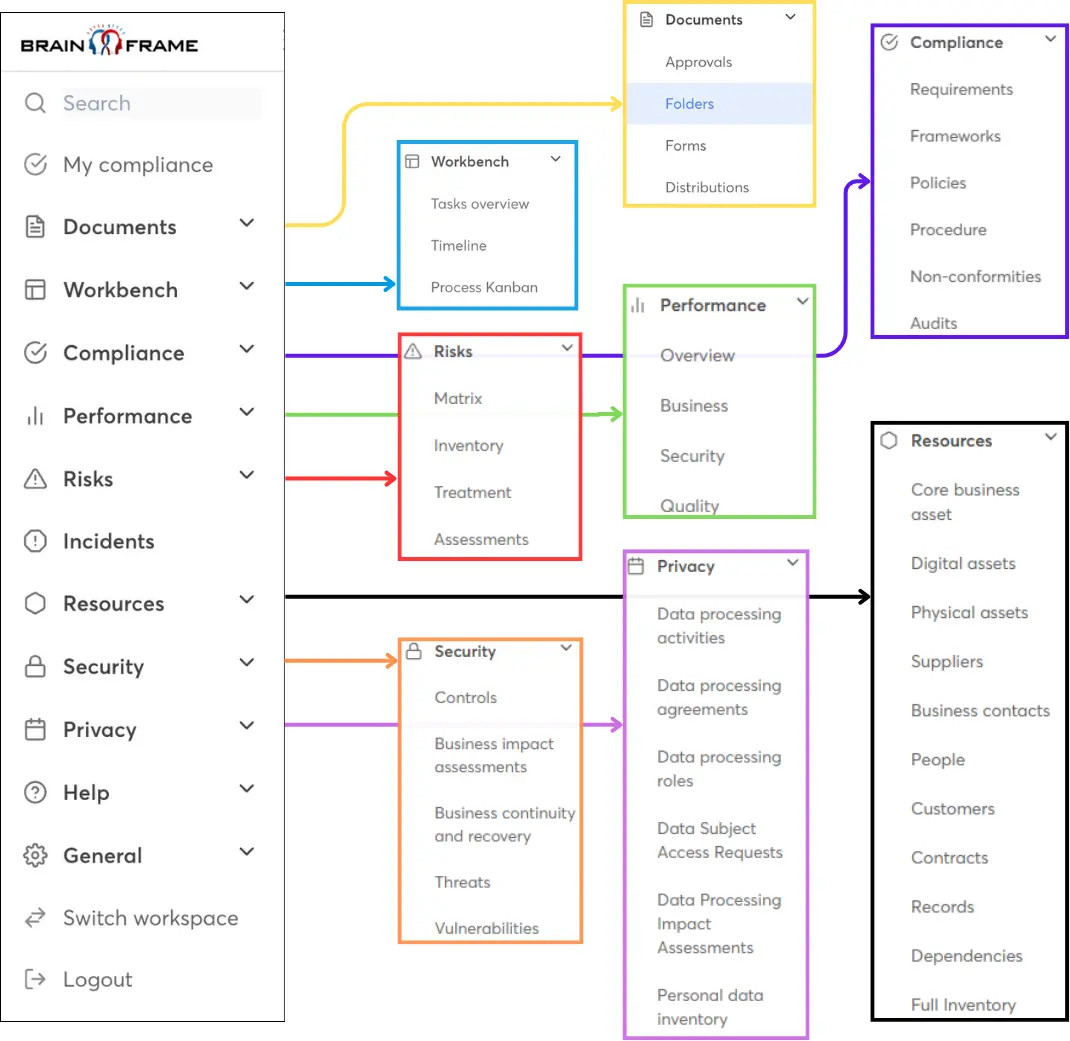Distributed Denial of Service (DDoS) attacks have become one of the most disruptive threats in the digital landscape. At their core, these attacks overwhelm a targeted system—be it a website, server, or network—by flooding it with excessive traffic. The goal is simple: to make the target unavailable to legitimate users, causing downtime, operational disruption, and financial losses. Unlike traditional cyberattacks, DDoS attacks rely on volume rather than stealth, often employing large networks of compromised devices to amplify their impact.
Globally, the frequency and sophistication of DDoS attacks are rising. Cybercriminals have moved beyond basic techniques to deploy more complex, multi-vector attacks that are harder to detect and mitigate. Luxembourg has not been immune to this trend. The country, known for its advanced financial and digital infrastructure, has seen a surge in these attacks, affecting key institutions. Notably, recent incidents involving LuxTrust, a critical identity verification provider, highlighted the ripple effects of such disruptions on the broader banking sector. When LuxTrust's services were temporarily overwhelmed, customers across multiple banks found themselves unable to access their accounts—a stark reminder of the interconnected vulnerabilities in our digital ecosystem and single point of failures.
Understanding DDoS Attacks
Distributed Denial of Service (DDoS) attack seeks to render a network, service, or server inaccessible by overwhelming it with a deluge of traffic. This traffic doesn't usually come from a single source but from thousands, often millions, of devices compromised by attackers and turned into a coordinated network called a botnet. By exploiting the scale of these botnets, attackers can outpace the target's ability to process legitimate requests, causing service outages and operational disruptions.
DDoS attacks are not one-size-fits-all; they come in various forms depending on the methods and targets used. Broadly, these attacks can be classified into three main types:
-
Volumetric Attacks
These attacks focus on saturating the target's bandwidth with an overwhelming amount of data. By flooding the network with excessive traffic, such as UDP floods or amplification attacks, the attacker exhausts the available bandwidth, leaving no room for legitimate data to flow. The impact is often felt across the network, leading to widespread unavailability. -
Protocol Attacks
Protocol attacks exploit weaknesses in the communication protocols used by servers to handle connections. For example, SYN floods target the handshake process of the TCP protocol, overwhelming the server's capacity to establish new connections. Similarly, fragmented packet attacks or Ping of Death attacks take advantage of vulnerabilities in protocol handling to exhaust resources like CPU or memory. -
Application Layer Attacks
Often referred to as Layer 7 attacks, these are more targeted and sophisticated. Instead of overwhelming the entire network, they focus on specific applications or services, such as a web server or login portal. These attacks mimic legitimate user behaviour, making them harder to detect. For instance, HTTP floods might repeatedly request resource-intensive operations, such as database queries, to cripple the service from within.
Understanding the mechanics of these different types of DDoS attacks is the first step in building an effective defence. Each type targets a specific layer of the infrastructure and requires tailored mitigation strategies to prevent disruption.
Best Practices for DDoS Protection
DDoS attacks are increasingly sophisticated, requiring organizations to adopt proactive and multi-faceted strategies to safeguard their systems. Below are some of the most effective practices for mitigating DDoS threats:
Implement Multi-Layered DDoS Protection
A single line of defence is no longer sufficient to counter modern DDoS attacks. Organizations should employ multi-layered DDoS protection to address various attack vectors:
- Combine on-premises and cloud-based solutions: On-premises tools can detect and mitigate attacks close to the source, while cloud-based solutions handle larger-scale attacks that exceed local capacity.
- Adopt a defence-in-depth strategy: This approach leverages multiple layers of security—firewalls, intrusion detection systems, and DDoS mitigation appliances—to reduce the likelihood of a successful attack. By integrating these mechanisms, organizations can enhance their ability to manage risks across different parts of their infrastructure.
Apply Intelligent Rate Limiting
Rate limiting is an effective way to manage traffic and ensure that resources are not overwhelmed by a flood of requests:
- Set thresholds for incoming requests: By capping the number of requests allowed from a single IP or region within a given timeframe, organizations can prevent the majority of resource exhaustion.
- Avoid blocking legitimate traffic: Configure rate limits carefully to strike a balance between security and accessibility, ensuring that genuine users are not inadvertently denied access.
Regional Blocking and Geo-Restriction
Not all traffic is equal. By analysing geographic patterns, organizations can focus their defences on areas most likely to generate malicious traffic:
- Restrict or challenge high-risk regions: Block or require additional verification for traffic originating from regions known for hosting malicious activity.
- Use real-time threat intelligence: Leverage data from threat intelligence platforms to adjust geo-restrictions dynamically and stay ahead of evolving threats.
Automated Behaviour Tracking and Anomaly Detection
The most advanced DDoS defences rely on automation to detect and respond to unusual traffic patterns:
- Monitor traffic in real-time: Deploy tools that continuously analyse user behaviour, flagging anomalies that could indicate an attack.
- Leverage machine learning: Advanced algorithms can identify subtle patterns and predict potential attacks, allowing for faster and more precise mitigation.
By implementing these best practices, organizations can significantly enhance their resilience against DDoS attacks. A well-rounded approach that combines technology, processes, and real-time intelligence is essential for staying ahead of increasingly complex threats.
Vendor Due Diligence and Contingency Planning
The Importance of Vendor Due Diligence
Third-party vendors play an important role in business operations, especially in highly interconnected industries like finance. However, relying on external providers introduces risks that must be carefully managed:
- Evaluate security measures: Organizations should assess the DDoS mitigation strategies and overall cybersecurity frameworks of their vendors. This includes reviewing their use of firewalls, traffic filtering, and attack response protocols.
- Ensure adherence to standards: Vendors should comply with recognized industry standards, such as ISO 27001 for information security or ISO 22301 for business continuity. Regular audits and certifications can provide assurance that vendors meet these benchmarks.
- Ongoing monitoring: Vendor relationships should not operate on a "set it and forget it" basis. Continuous monitoring of a vendor’s performance and security practices is essential to ensure they remain prepared for emerging threats.
Developing a Robust Contingency Plan
Even with strong defences in place, DDoS attacks can occasionally succeed. Having a well-structured contingency plan is essential to minimize downtime and maintain operations during an incident:
- Establish backup systems: Organizations should maintain redundant systems or alternative service providers that can take over seamlessly if the primary vendor is compromised. For example, if a service like LuxTrust is down, an organization should have a pre-arranged secondary provider or internal capability to handle authentication or transactions.
- Define clear Recovery Time Objectives (RTO): RTO specifies how quickly critical services should be restored after a disruption. For services as vital as digital identity verification, these objectives should be set to minimize impact—aiming for recovery within minutes, not hours.
- Test the plan regularly: Contingency plans should not remain theoretical. Regular testing and simulation exercises ensure that all stakeholders know their roles and that the plan is effective under real-world conditions.
By prioritizing vendor due diligence and contingency planning, organizations can reduce their exposure to DDoS risks and enhance their ability to maintain continuity during an attack. These measures are not just best practices—they are essential strategies for safeguarding operational resilience in today’s threat landscape.
Case Study : LuxTrust
LuxTrust Under Siege
LuxTrust, a key provider of digital identity verification in Luxembourg, was recently targeted by a Distributed Denial of Service (DDoS) attack. The attack caused a 30-minute disruption, temporarily crippling its authentication services. During this time, customers relying on LuxTrust to access their bank accounts and conduct transactions found themselves locked out, creating widespread frustration and operational bottlenecks.
The attack highlighted a critical weakness in the interconnected ecosystem of Luxembourg’s banking sector. LuxTrust’s services are central to the functioning of multiple financial institutions. When its systems were overwhelmed, the ripple effect impacted nearly all major banks in the country. This incident demonstrated how a single point of failure in a third-party provider could paralyze an entire sector.
Even though the actual origin of the outage on LuxTrust might have been caused by one of their suppliers (their cloud supplier not properly protecting such a DDOS attack), the news targeted LuxTrust and damaged their reputation. Hence the importance of vendor due-diligence and proper business impact assessments on all critical services.
Broader Implications for the Financial Ecosystem
Luxembourg, known for its robust financial infrastructure, faced a stark reminder of the vulnerabilities inherent in digital dependency. The interconnectedness of banks and third-party providers like LuxTrust highlights the importance of a coordinated approach to cybersecurity. This incident raised serious questions:
- Are businesses adequately vetting their vendors’ security measures?
- Do they have contingency plans to manage third-party failures?
- How resilient is the sector against large-scale, multi-vector DDoS attacks?
Lessons Learned: Luxembourg’s Response
Luxembourg has taken steps to strengthen its defences against cyber threats, including:
- The DDoS Scrubbing Centre: This initiative aims to detect and mitigate large-scale attacks in real-time. Expanding its capabilities to address sophisticated threats is a priority. (Learn more here)
- Public-private collaboration: The LuxTrust attack underscored the need for greater cooperation between government bodies and private entities. Regular threat-sharing and joint simulations can enhance readiness. (Learn more here)
- Awareness and training: Ensuring that both IT professionals and decision-makers understand DDoS risks is essential for building a culture of resilience. (Learn more here)
Moving Forward: Strengthening the Ecosystem
To avoid future disruptions of this magnitude, organizations in Luxembourg's banking sector must focus on:
- Vendor due diligence: Carefully evaluating third-party providers to ensure they have robust DDoS mitigation strategies.
- Contingency planning: Developing and regularly testing backup systems and defining low Recovery Time Objectives (RTO) to minimize downtime.
- Investment in advanced technologies: Deploying machine learning for anomaly detection and multi-layered DDoS protection to prevent attacks before they cause widespread damage.
The LuxTrust incident, though short-lived, offered a valuable opportunity to identify gaps and strengthen defences. For Luxembourg's financial sector to maintain its reputation as a secure and stable environment, resilience against cyber threats must remain a top priority.

Start for free now!
Streamline your GRC work using our all-in-one management solution and get access to our network of local specialists
